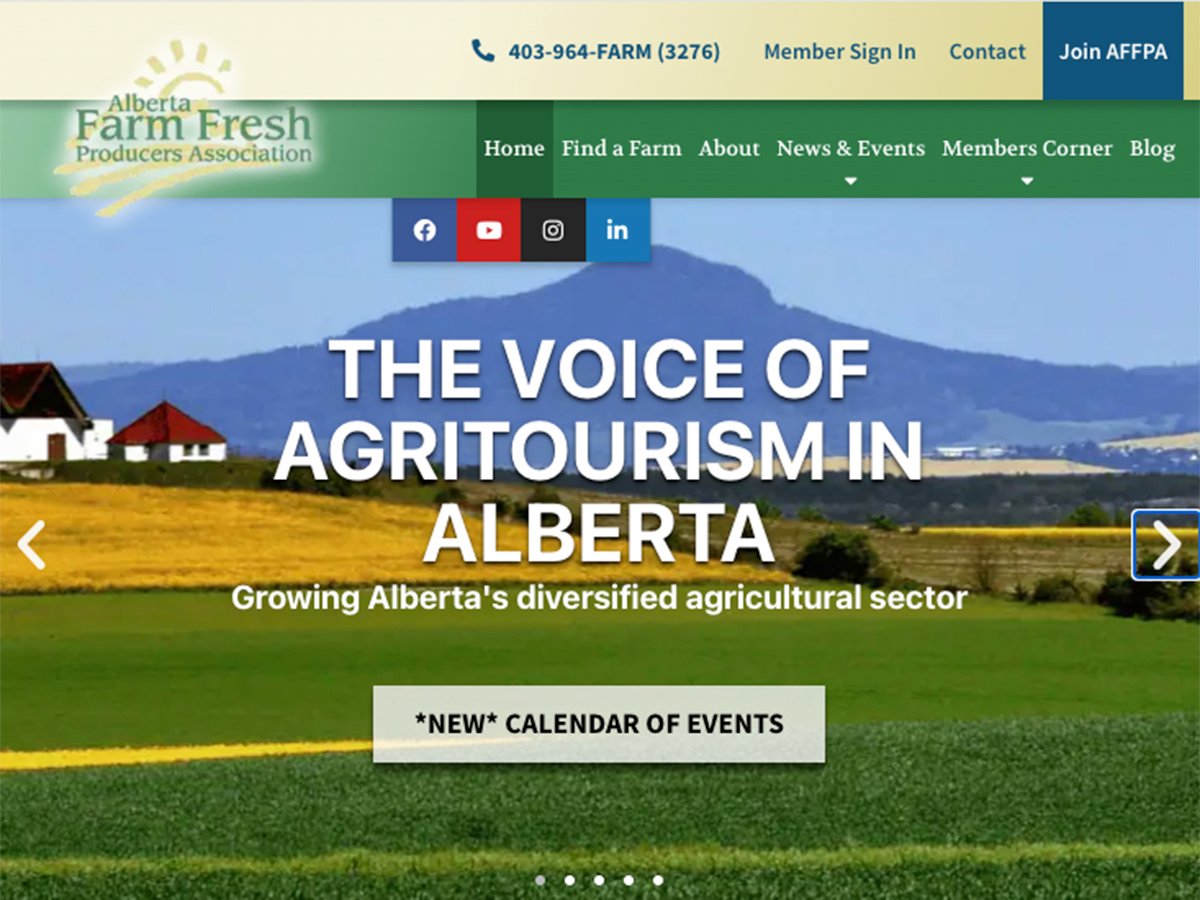MEDICINE HAT, Alta. — In this vast open prairie 20 kilometres southeast of Medicine Hat, ducks swim in proverbial prairie potholes known as wetlands.
Someday they may also swim in restored potholes that were once drained by farmers and ranchers seeking more cultivated acres, deeper water bodies and more grass for grazing.
That is the hope of Ducks Unlimited Canada, which bought a 2,238 acre parcel in February and plans to complete 21 wetland restorations this year. It’s prime waterfowl habitat for pintails, mallards, green-winged teals, scaups and shovelers.
Read Also

New Alberta funding for program hopes to further unlock agritourism industry in province
Alberta Farm Fresh Producers Association is launching a new initiative thanks to $300,000 of provincial funding to bolster Alberta’s smaller scale family farms and agritourism sector.
“Lots of people think these little ponds aren’t of value, but to the pintail, they are of highest importance,” Ducks Unlimited conservation program specialist Nathan Fontaine said during a recent tour of the Bullshead Conservation Area.
Smaller ponds warm up faster in spring, encouraging insect hatching. Birds feed on the insects while using the small ponds as a breeding ground, Fontaine said.
An early season source of food is important to pintails on their return migration from California and Mexico.
Ducks Unlimited doesn’t often buy such large parcels of land, said Morgan Stromsmoe, head of upland restoration for the organization’s Alberta division.
This parcel, which Ducks Unlimited bought from Brad and Mona Howe, cost $2.275 million. Stromsmoe said it is one of the largest purchases the organization has made in Alberta.
“Typically, when we look at something, it’s not usually ranch size. It really boils down to cost. This was an opportunity to come in and have a big impact.”
Environment Canada committed $1 million toward the purchase, while much of the restoration work, valued at $60,000, is being donated by Flint Energy Services, a company better known for its oilfield operations.
About 1,430 acres are still in native grass, 52 acres are cultivated and 388 are in tame hay. Ducks Unlimited plans to seed native grass to areas it disturbs during the reclamation work. Those grasses are particularly attractive to pintails.
The tame hay will be tendered to area residents and some might be offered for grazing, Stromsmoe said. That’s part of Ducks Unlimited’s intentions to increase its community profile.
“Five or six years ago, if we would have bought this, our plan would have been to idle it,” said Stromsmoe.
The organization’s new executive wants more partnerships and community involvement, so a different approach is being taken.
When the work is complete, the area will be accessible to the on-foot public “for birdwatching, hunting or catching grasshoppers. It doesn’t matter to us.”
Fontaine said he has seen almost every duck species at Bullshead that is known to live in Alberta. The project’s ultimate goal is to bring pintail populations back to 1970s levels.
Pintails like short native cover, which worked out well 40 years ago when half the cultivated land was in summerfallow, creating ideal habitat. Since then, surveys in the United States and Canada show pintail populations have been shrinking.
Autumn Holmes-Saltzman, a Ducks Unlimited conservation specialist, spends much of her time encouraging farmers to plant winter wheat as part of their crop rotation. Applied in this project, winter wheat crops would provide seasonal short-grass habitat for pintail nests.
“The Cypress Hills is a priority area for us,” said Holmes-Saltzman, noting she has just started winter wheat promotion in the region. “In some cases, in the priority landscape, we can provide incentives to people to grow it.”















